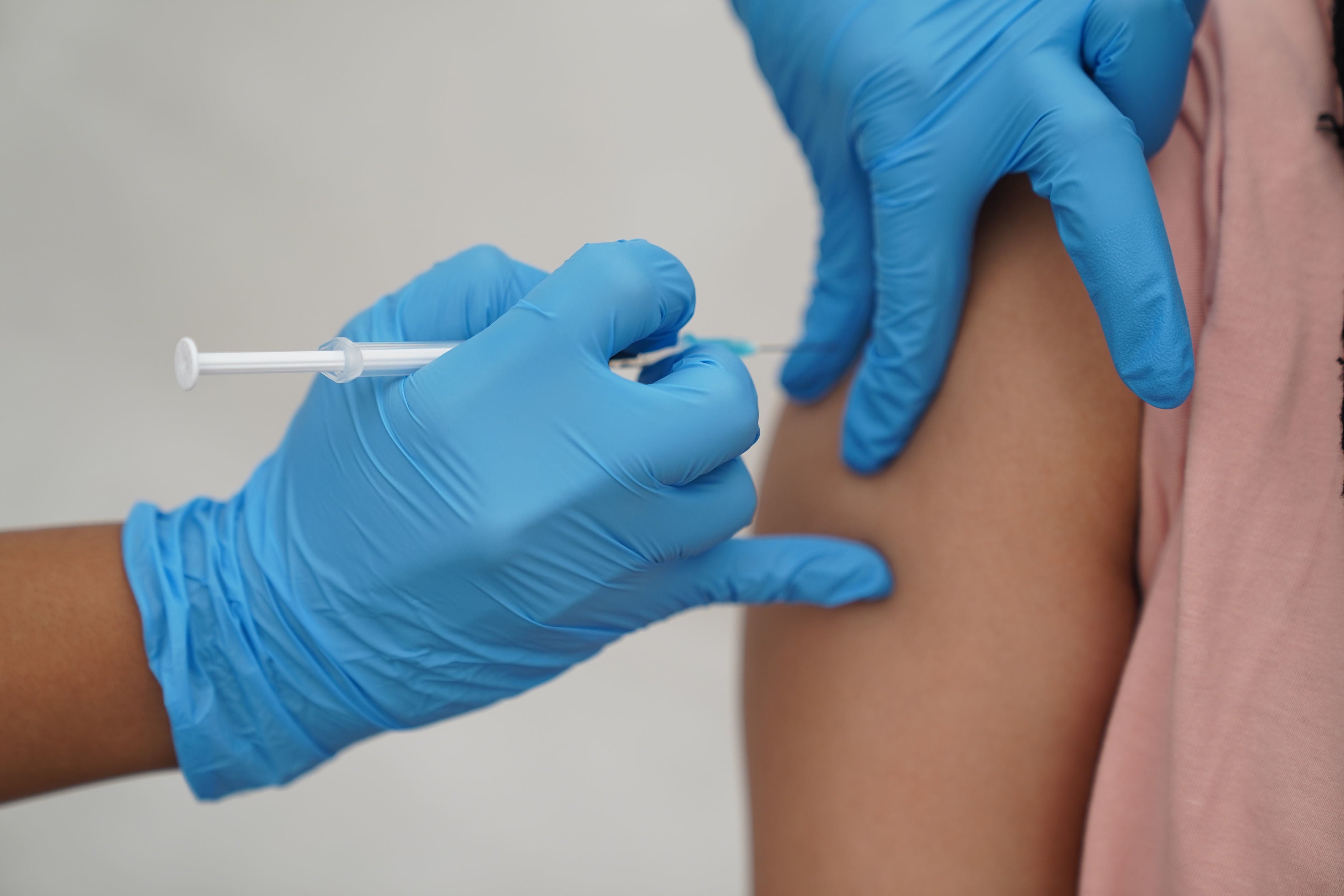What is Omicron XE? Symptoms of the new Covid variant found in UK
XE combines genetic characteristic of the Omicron BA.1 and BA.2 variants, in what is known as a “recombinant”
Your support helps us to tell the story
From reproductive rights to climate change to Big Tech, The Independent is on the ground when the story is developing. Whether it's investigating the financials of Elon Musk's pro-Trump PAC or producing our latest documentary, 'The A Word', which shines a light on the American women fighting for reproductive rights, we know how important it is to parse out the facts from the messaging.
At such a critical moment in US history, we need reporters on the ground. Your donation allows us to keep sending journalists to speak to both sides of the story.
The Independent is trusted by Americans across the entire political spectrum. And unlike many other quality news outlets, we choose not to lock Americans out of our reporting and analysis with paywalls. We believe quality journalism should be available to everyone, paid for by those who can afford it.
Your support makes all the difference.A new sub-variant of Omicron has been found in UK as the country battles a renewed surge of the coronavirus.
The Office for National Statistics (ONS) said that 4.9 million people in the UK were infected with Covid-19 as of last weekend - a record high during the pandemic.
The surge is cases is thought to be down to people mixing more freely since Covid restrictions were dropped and the Omicron BA.2 sub-variant.
But now a further mutation has been detected that could be more transmissible, the World Health Organisation (WHO) has warned.
What do we know so far?
XE combines genetic characteristic of the Omicron BA.1 and BA.2 variants, in what is known as a “recombinant”.
In a report released last week the WHO said the XE recombinant was first detected in the UK on 19 January and said early tests showed it could be more transmissible.
The report said: “Early-day estimates indicate a community growth rate advantage of 10 per cent as compared to BA.2, however this finding requires further confirmation.
“XE belongs to the Omicron variant until significant differences in transmission and disease characteristics, including severity, may be reported.”
The UK Health Security Agency (UKHSA) said on Monday that the most recent data showed XE had a growth rate 9.8 per cent above BA.2.
However it cautioned that “as this estimate has not remained consistent as new data have been added, it cannot yet be interpreted as an estimate of growth advantage for the recombinant.”
“Numbers were too small for the XE recombinant to be analysed by region,” the UKHSA said.

How many cases are in the UK?
The UKHSA has said that as of 22 March, 637 cases of XE had been detected in England.
This is only a small fraction of cases, with the latest data from the ONS, showing that a record 4.9 million currently have coronavirus.
The variant has also been detected in Thailand.
Does XE cause new Covid-19 symptoms?
As the sub variant is new, the situation may change but currently it is not thought that XE comes with new symptoms.
The most reported symptoms of the original strain of Omicron are much like a cold, especially in people who’ve been vaccinated.
This would include running noses, sneezing and sore throats, as opposed to the original strain of the virus which generally led to fever, coughs and a loss of taste or smell.
However, the official NHS list of general Covid symptoms was expanded on Monday to include nine new signs of illness.
According to nhs.uk the signs of Covid-19 that people should also look out for include: shortness of breath, feeling tired or exhausted, an aching body, a headache, a sore throat, a blocked or runny nose, loss of appetite, diarrhoea, feeling sick or being sick.





Join our commenting forum
Join thought-provoking conversations, follow other Independent readers and see their replies
Comments